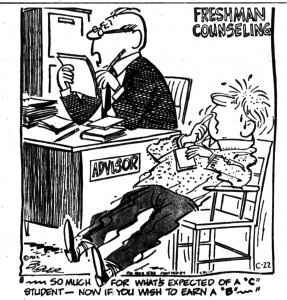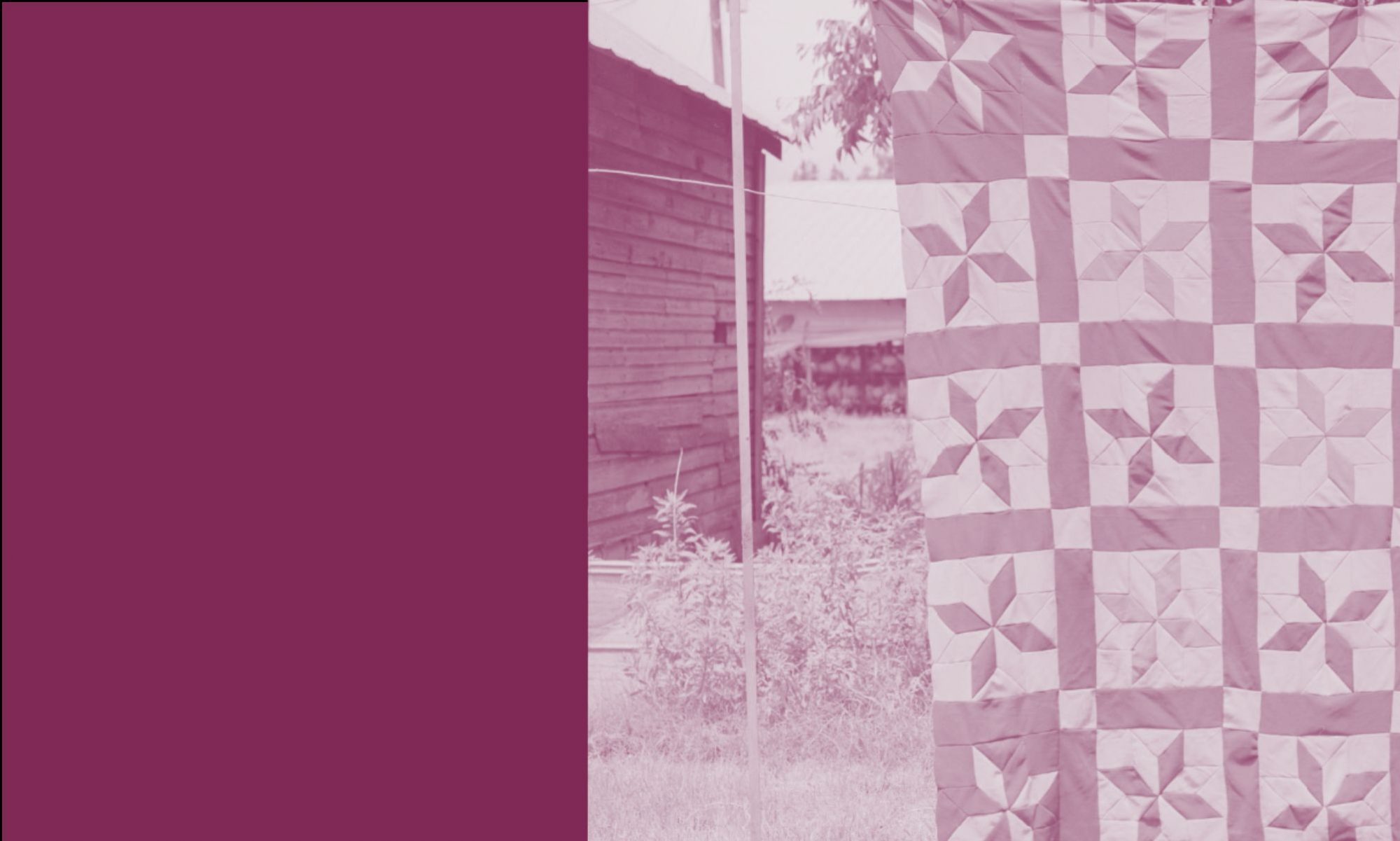The Digital Library of Georgia and the Mercer University Libraries are pleased to announce the availability of a new online resource: The Mercer Cluster Archive.
http://mercercluster.galileo.usg.edu/
 The Mercer Cluster Archive is an online database of Mercer University’s Macon campus newspaper that provides access to over fifty years of the publication ranging from 1920 to 1970. Consisting of over 5,000 newspaper pages, the archive provides images that are both full-text searchable and can be browsed by date. The images were scanned from microfilm held by the Mercer University Libraries’ Special Collections.
The Mercer Cluster Archive is an online database of Mercer University’s Macon campus newspaper that provides access to over fifty years of the publication ranging from 1920 to 1970. Consisting of over 5,000 newspaper pages, the archive provides images that are both full-text searchable and can be browsed by date. The images were scanned from microfilm held by the Mercer University Libraries’ Special Collections.
Mercer University was established as a private Baptist-affiliated school in 1833 in Penfield, Georgia, where ministerial students were trained in manual labor as well as classical studies. In 1871, the school moved from Penfield to Macon, where one of its campuses remains. The Mercer Cluster began publication as the university’s longest-running student newspaper in 1920. The paper is named for school founder Jesse Mercer’s hymnal, The Cluster of Spiritual Songs, Divine Hymns, and Sacred Poems. Since its inception the newspaper has covered stories and editorials about campus events, sports, sororities and fraternities, local issues, religious affairs, and club activities. The new Mercer Cluster Archive will allow users to explore twentieth century student life at Mercer University from the convenience of their computer.
The Mercer Cluster Archive is a project of the Digital Library of Georgia, a GALILEO initiative that shares Georgia’s history and culture online. Digitization is made possible by the Mercer University Libraries.
Other newspaper archives available through the Digital Library of Georgia include the Atlanta Historic Newspapers Archive (1847-1922), the South Georgia Historic Newspapers Archive (1845-1922), the Macon Telegraph Archive (1826-1908), the Columbus Enquirer Archive (1828-1890), the Athens Historic Newspapers Archive (1827-1928), the Milledgeville Historic Newspapers Archive (1808-1920), the Southern Israelite Archive (1929-1986), and the Red and Black Archive (1893-2006). These archives can be accessed at http://dlg.galileo.usg.edu/MediaTypes/Newspapers.html


